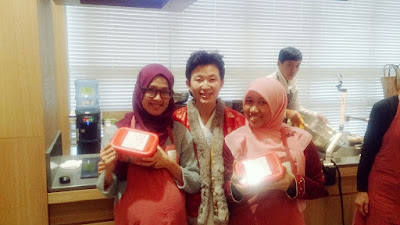French romance to drama "Faust" of Germany Goethe's masterpiece, plus a composer Charles Gounod's music. Was premiered in 1859 in Paris, France, it is a beautiful lyrical and musical features. Made opera "Faust" is the most famous work of 16 pieces.
The old philosopher Faust is trying to find meaning in life, but in the end did not find.
the devil appeared in front of him Mephisto Pele offered youth and pleasure to Faust against his soul
Soul to Mephistopheles and Faust plate is gripped in the mundane desires and pleasures are finally leads to the salvation of souls realized the mistake.
Stage and opera director John Dew and designer Dirk Acker Hope that showcase the modern stage utilizing an LED participation by producers.
Philharmonic Orchestra conducted by the Yunhogeun activities in Berlin, Germany give the harmony to the play
Dr. Faust Tenor Lee Won-jong, Gimseungjik, the devil Mephistopheles Bakgihyeon , Jeontaehyeon takes on those roles . Seoul Metropolitan Chorus, also with Scala opera chorus.
For more Detailed Info ;
http://sjartgroups.or.kr/


















